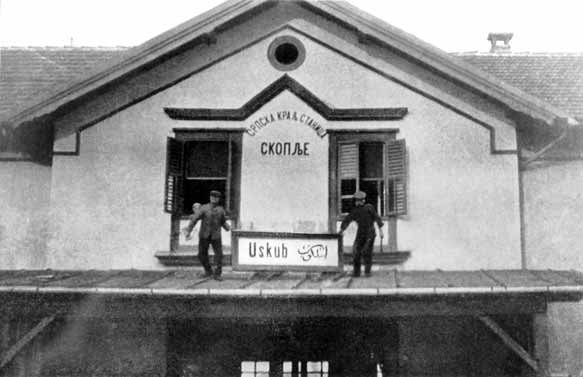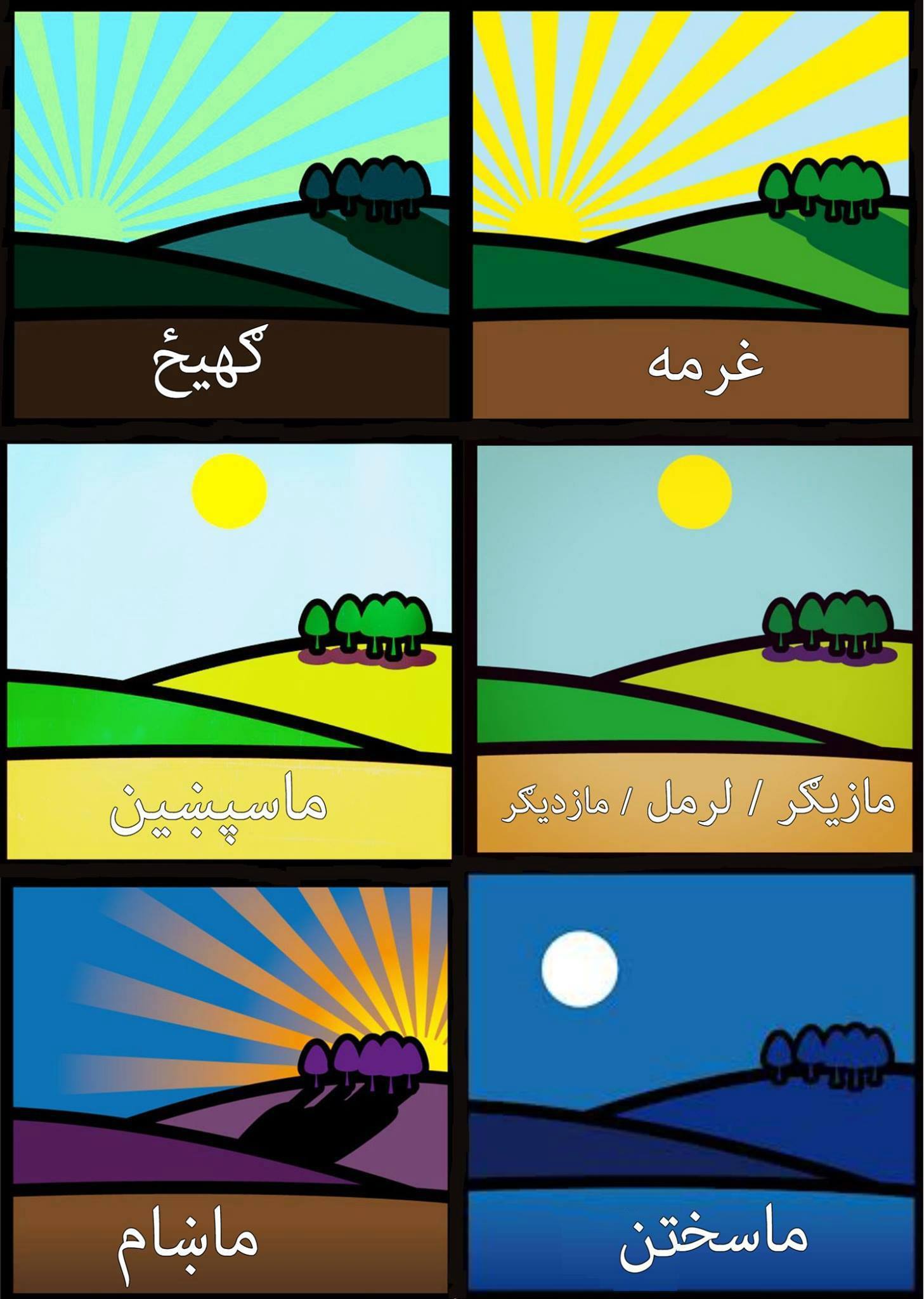|
Skopje
Skopje ( , ; ; , sq-definite, Shkupi) is the capital and largest city of North Macedonia. It lies in the northern part of the country, in the Skopje Basin, Skopje Valley along the Vardar River, and is the political, economic, and cultural center of the country. As of the 2021 North Macedonia census, 2021 census, the city had a population of 526,502. Skopje covers 571.46 km² and includes both urban and rural areas, bordered by several Municipalities of North Macedonia, municipalities and close to the borders of Kosovo and Serbia. The area of Skopje has been continuously inhabited since at least the Chalcolithic period. The city — known as ''Scupi'' at the time — was founded in the late 1st century during the rule of Domitian, and abandoned in 518 after an earthquake destroyed the city. It was rebuilt under Justinian I. It became a significant settlement under the First Bulgarian Empire, the Serbian Empire (when it served briefly as a capital), and later under the Otto ... [...More Info...] [...Related Items...] OR: [Wikipedia] [Google] [Baidu] |
Karakalpak Language
Karakalpak () is a Turkic language spoken by Karakalpaks in Karakalpakstan. It is divided into two dialects, Northeastern Karakalpak and Southwestern Karakalpak. It developed alongside Nogai and neighbouring Kazakh languages, being markedly influenced by both. Typologically, Karakalpak belongs to the Kipchak branch of the Turkic languages, thus being closely related to and highly mutually intelligible with Kazakh and Nogai. Classification Karakalpak is a member of the Kipchak branch of Turkic languages, which includes Kazakh, Bashkir, Tatar, Kumyk, Karachay, Nogai and Kyrgyz. Due to its proximity to Turkmen and Uzbek, some of Karakalpak's vocabulary and grammar has been influenced by Uzbek and Turkmen. Like the vast majority of Turkic languages, Karakalpak has vowel harmony, is agglutinative and has no grammatical gender. Word order is usually subject–object–verb. Geographic distribution Karakalpak is spoken mainly in the Karakalpakstan Autonomous Republic of ... [...More Info...] [...Related Items...] OR: [Wikipedia] [Google] [Baidu] |
Djerv
Djerv (majuscule: Ꙉ, minuscule: ꙉ) is one of the Cyrillic alphabet letters that was used in Old Cyrillic. It was used in many early Serbian monuments to represent the sounds and (modern đ/ђ and ć/ћ).Maretić, Tomislav. ''Gramatika i stilistika hrvatskoga ili srpskoga književnog jezika'', p. 14-15. 1899. It exists in the Cyrillic Extended-B table as U+A648 and U+A649. It is the basis of the modern letters Ћ and Ђ; the former was in fact a direct revival of djerv and was considered the same letter. Djerv is also commonly used in Serbian Cyrillic, where it was an officially used letter. When it was placed before the letters н and л it was represented for the sounds and , which are represented by Њ and Љ today, respectively. It can be transliterated as Ǵ. Spelling Reforms and forming of the letters Ћ and Ђ The letter Ђ was formed in 1818 by Vuk Stefanović Karadžić after several proposals of reforming Djerv by Lukijan Mušicki and Gligorije Gerši� ... [...More Info...] [...Related Items...] OR: [Wikipedia] [Google] [Baidu] |
Kazakh Alphabets
The Kazakh language was written mainly in four scripts at various points of time – Old Turkic script, Old Turkic, Cyrillic script, Cyrillic, Latin script, Latin, and Arabic script, Arabic – each having a distinct alphabet. The Arabic script is used in Iran, Afghanistan, and China, while the Cyrillic script is used in Kazakhstan, Kyrgyzstan, Russia, and Mongolia. In October 2017, a presidential decree in Kazakhstan ordered a transition from the Cyrillic to Latin script to be implemented by 2025. In January 2021, the target year for finishing the transition was pushed back to 2031. History During the Soviet era, majority use of Arabic script was first replaced by a new Latin-based script, before being abruptly switched to Cyrillic-based script just decades later. This was likely in part due to weakening Turkish–Soviet relations after the Turkish Straits crisis. In effort to consolidate its national identity, Kazakhstan started a phased transition from the Cyrillic alphabet ... [...More Info...] [...Related Items...] OR: [Wikipedia] [Google] [Baidu] |
Latin Letter G With Acute
Latin ( or ) is a classical language belonging to the Italic branch of the Indo-European languages. Latin was originally spoken by the Latins in Latium (now known as Lazio), the lower Tiber area around Rome, Italy. Through the expansion of the Roman Republic, it became the dominant language in the Italian Peninsula and subsequently throughout the Roman Empire. It has greatly influenced many languages, including English, having contributed many words to the English lexicon, particularly after the Christianization of the Anglo-Saxons and the Norman Conquest. Latin roots appear frequently in the technical vocabulary used by fields such as theology, the sciences, medicine, and law. By the late Roman Republic, Old Latin had evolved into standardized Classical Latin. Vulgar Latin refers to the less prestigious colloquial registers, attested in inscriptions and some literary works such as those of the comic playwrights Plautus and Terence and the author Petronius. While often ... [...More Info...] [...Related Items...] OR: [Wikipedia] [Google] [Baidu] |
Lower Case
Letter case is the distinction between the letters that are in larger uppercase or capitals (more formally ''majuscule'') and smaller lowercase (more formally '' minuscule'') in the written representation of certain languages. The writing systems that distinguish between the upper- and lowercase have two parallel sets of letters: each in the majuscule set has a counterpart in the minuscule set. Some counterpart letters have the same shape, and differ only in size (e.g. ), but for others the shapes are different (e.g., ). The two case variants are alternative representations of the same letter: they have the same name and pronunciation and are typically treated identically when sorting in alphabetical order. Letter case is generally applied in a mixed-case fashion, with both upper and lowercase letters appearing in a given piece of text for legibility. The choice of case is often denoted by the grammar of a language or by the conventions of a particular discipline. In ortho ... [...More Info...] [...Related Items...] OR: [Wikipedia] [Google] [Baidu] |
Latin Alphabet
The Latin alphabet, also known as the Roman alphabet, is the collection of letters originally used by the Ancient Rome, ancient Romans to write the Latin language. Largely unaltered except several letters splitting—i.e. from , and from —additions such as , and extensions such as letters with diacritics, it forms the Latin script that is used to write most languages of modern Languages of Europe, Europe, languages of Africa, Africa, languages of the Americas, the Americas, and Languages of Oceania, Oceania. Its basic modern inventory is standardized as the ISO basic Latin alphabet. Etymology The term ''Latin alphabet'' may refer to either the alphabet used to write Latin (as described in this article) or other alphabets based on the Latin script, which is the basic set of letters common to the various alphabets descended from the classical Latin alphabet, such as the English alphabet. These Latin-script alphabets may discard letters, like the Rotokas alphabet, or add new ... [...More Info...] [...Related Items...] OR: [Wikipedia] [Google] [Baidu] |
Pashto Language
Pashto ( , ; , ) is an eastern Iranian language in the Indo-European language family, natively spoken in northwestern Pakistan and southern and eastern Afghanistan. It has official status in Afghanistan and the Pakistani province of Khyber Pakhtunkhwa. It is known in historical Persian literature as Afghani (). Spoken as a native language mostly by ethnic Pashtuns, it is one of the two official languages of Afghanistan alongside Dari, Constitution of Afghanistan �''Chapter 1 The State, Article 16 (Languages) and Article 20 (Anthem)''/ref> and it is the second-largest provincial language of Pakistan, spoken mainly in Khyber Pakhtunkhwa and the northern districts of Balochistan. Likewise, it is the primary language of the Pashtun diaspora around the world. The total number of Pashto-speakers is at least 40 million, (40 million) although some estimates place it as high as 60 million. Pashto is "one of the primary markers of ethnic identity" amongst Pashtuns. Geograph ... [...More Info...] [...Related Items...] OR: [Wikipedia] [Google] [Baidu] |
Macedonian Language
Macedonian ( ; , , ) is an Eastern South Slavic language. It is part of the Indo-European languages, Indo-European language family, and is one of the Slavic languages, which are part of a larger Balto-Slavic languages, Balto-Slavic branch. Spoken as a first language by around 1.6 million people, it serves as the official language of North Macedonia. Most speakers can be found in the country and Macedonian diaspora, its diaspora, with a smaller number of speakers throughout the transnational Macedonia (region), region of Macedonia. Macedonian is also a recognized minority language in parts of Albania, Bosnia and Herzegovina, Romania, and Serbia and it is spoken by expatriate communities predominantly in Australia, Canada, and the United States. Macedonian developed out of the western dialects of the Eastern South Slavic dialect continuum, whose earliest recorded form is Old Church Slavonic. During much of its history, this dialect continuum was called "Bulgarian", although in t ... [...More Info...] [...Related Items...] OR: [Wikipedia] [Google] [Baidu] |
Cantonese Yale
The Yale romanization of Cantonese was developed by Yale scholar Gerard P. Kok for his and Parker Po-fei Huang's textbook ''Speak Cantonese'' initially circulated in looseleaf form in 1952 but later published in 1958. Unlike the Yale romanization of Mandarin, it is still widely used in books and dictionaries, especially for foreign learners of Cantonese. It shares some similarities with Hanyu Pinyin in that unvoiced, unaspirated consonants are represented by letters traditionally used in English and most other European languages to represent voiced sounds. For example, is represented as ''b'' in Yale, whereas its aspirated counterpart, is represented as ''p''. Students attending the Chinese University of Hong Kong's New-Asia Yale-in-China Chinese Language Center are taught using Yale romanization. Some enthusiasts employ Yale romanisation to explore . Initials Finals * Only the finals ''m'' and ''ng'' can be used as standalone nasal syllables. Tones Modern Canton ... [...More Info...] [...Related Items...] OR: [Wikipedia] [Google] [Baidu] |
Old Church Slavic
Old Church Slavonic or Old Slavonic ( ) is the first Slavic languages, Slavic literary language and the oldest extant written Slavonic language attested in literary sources. It belongs to the South Slavic languages, South Slavic subgroup of the Balto-Slavic languages, Balto-Slavic branch of the Indo-European languages, Indo-European language family and remains the liturgical language of many Christian Orthodox churches. Historians credit the 9th-century Byzantine Empire, Byzantine missionaries Saints Cyril and Methodius with Standard language, standardizing the language and undertaking the task of translating the Gospels and necessary Eastern Orthodox worship#Liturgical books, liturgical books into it as part of the Christianization of the Slavs. It is thought to have been based primarily on the dialect of the 9th-century Sclaveni, Byzantine Slavs living in the Thessalonica (theme), Province of Thessalonica (in present-day Greece). Old Church Slavonic played an important rol ... [...More Info...] [...Related Items...] OR: [Wikipedia] [Google] [Baidu] |
Uzbek Language
Uzbek is a Karluk Turkic language spoken by Uzbeks. It is the official and national language of Uzbekistan and formally succeeded Chagatai, an earlier Karluk language endonymically called or , as the literary language of Uzbekistan in the 1920s. According to the Joshua Project, Southern Uzbek and Standard Uzbek are spoken as a native language by more than 34 million people around the world, making Uzbek the second-most widely spoken Turkic language after Turkish. There are about 36 million Uzbeks around the world, and the reason why the number of speakers of the Uzbek language is greater than that of ethnic Uzbeks themselves is because many other ethnic groups such as Tajiks, Kazakhs, Russians who live in Uzbekistan speak Uzbek as their second language. There are two major variants of the Uzbek language: Northern Uzbek, or simply "Uzbek", spoken in Uzbekistan, Kyrgyzstan, Kazakhstan, Tajikistan, Turkmenistan and China; and Southern Uzbek, spoken in Afghanistan and Paki ... [...More Info...] [...Related Items...] OR: [Wikipedia] [Google] [Baidu] |







